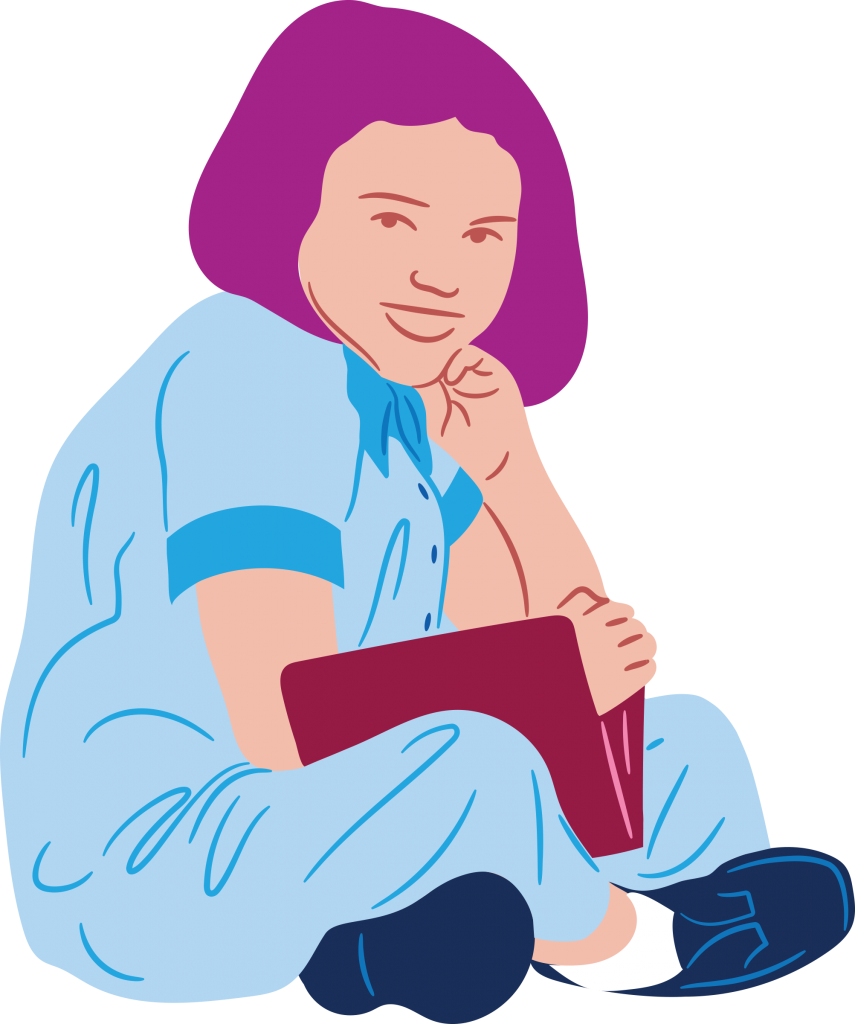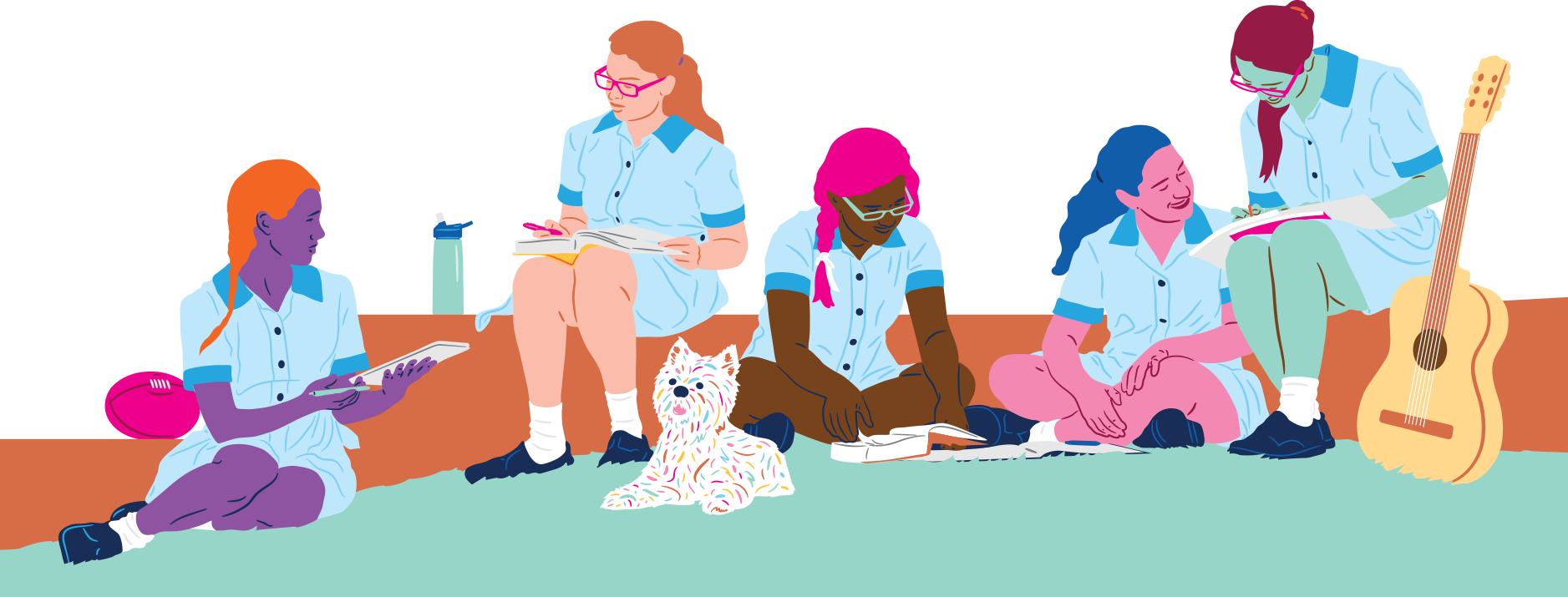Mrs Dunwoody shares a very special gift that the Art Department has presented to the School.
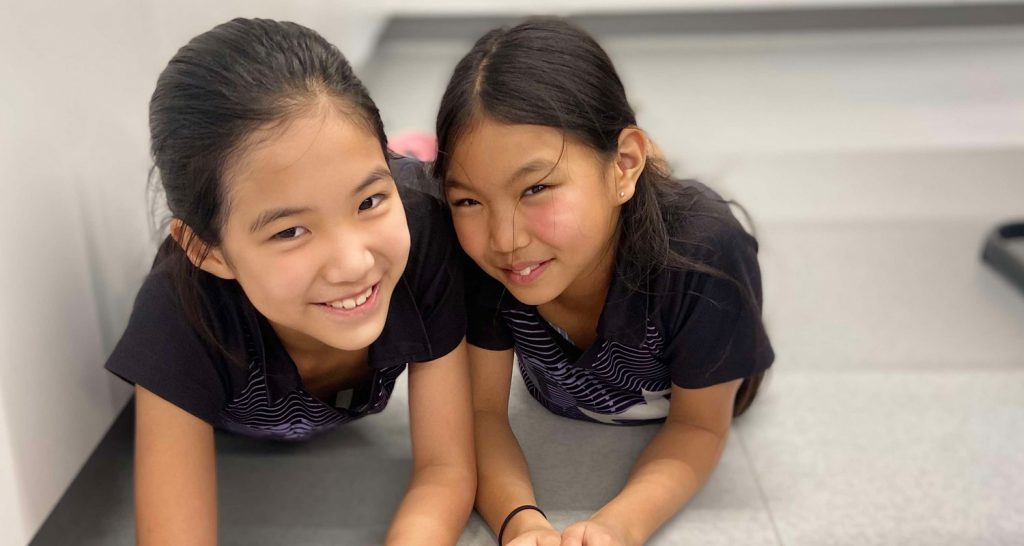
Each year Ormiston provides students with a comprehensive list of co-curricular activities to consider. Our philosophy is to encourage students to get involved in the whole life of the School, explore a range of different activities and find their passion beyond the classroom.
Additionally, I speak with parents regularly about the advantages of participating in our co-curricular program. Here are some benefits I would like to share with our school community:
In our Junior School Weekly we have a full program of co-curricular activities available to all students and I look forward to seeing as many students as possible putting their names down to participate in a co-curricular activity.
Parental Leave
I would like to remind parents that next week will be the last week for our Year 6L Class Teacher Rebecca Leondidis before she goes on Parental Leave. As a school community we wish Rebecca all the best for her pregnancy in the coming weeks and look forward to when she visits Ormiston with her baby later in the year.
I would like to wish all our Ormiston families a restful weekend.
Paul Donohue
Head of Junior School
This term, the Early Learning children will delve deep into inquiry and this year’s overarching theme ‘Lines, Ways, and Journeys’. Emergent curricula such as this prioritise the natural curiosity and interests of young children, with the direction of learning emerging from the interests, questions, prior knowledge, and experiences of children themselves, rather than being predetermined by a set curriculum.
Within the Early Learning 3 classroom, children have begun to explore ‘lines, ways and journeys’ through symbolic representations observed during their commute to ELC. Tangible experiences such as block construction and paper collage have been 2 of the 100 languages used to explore roads, traffic, directions, and mapping.
Whilst the Early Learning 4 children have been exploring the ‘lines and layers’ of Country through an Indigenous Australian lens. Stories told of Bunjil the eagle (and creator spirit) told by Murrundindi have inspired children to begin with Wurru Wurru/Sky Country, the first of six layers. Children have engaged in learning about stars, constellations used in navigation and their symbolic representation of family and elders.
This approach encourages active participation, reciprocal interactions, and meaningful dialogue between children, and encourages educators to be responsive and flexible in their teaching, adapting to the evolving interests and needs of the children. The importance of child-led inquiry and exploration esteems children as capable and competent learners who construct their understanding of the world through meaningful interactions with their environment.
Though diverse in direction, the children and teachers are excited to see how this inquiry will unfold and where such learning will lead. As the inquiry progresses, we are curious to see whether there will be an intersection of lines or whether it will lead us in different directions.
Esther Wong
Early Learning Coordinator
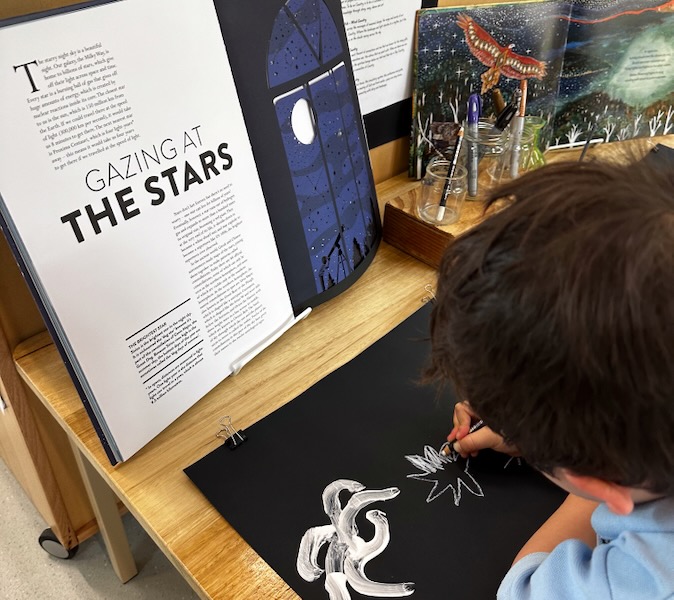

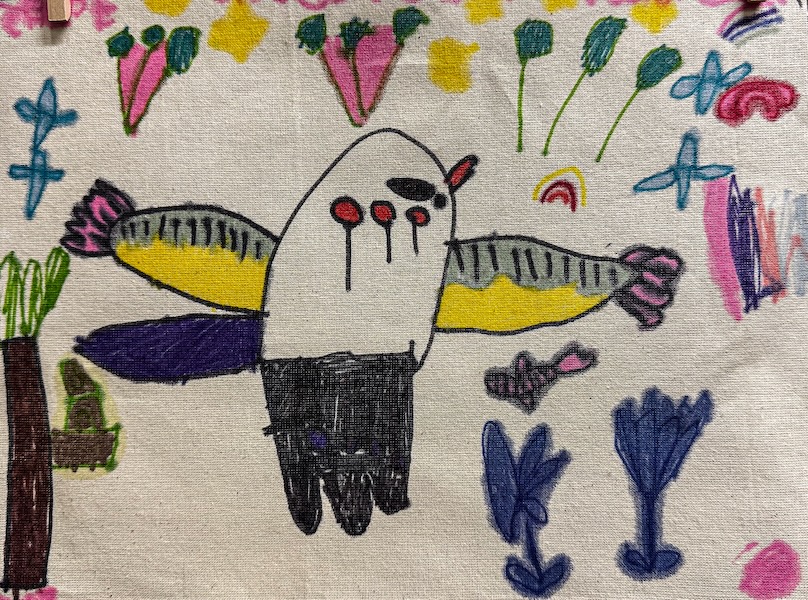
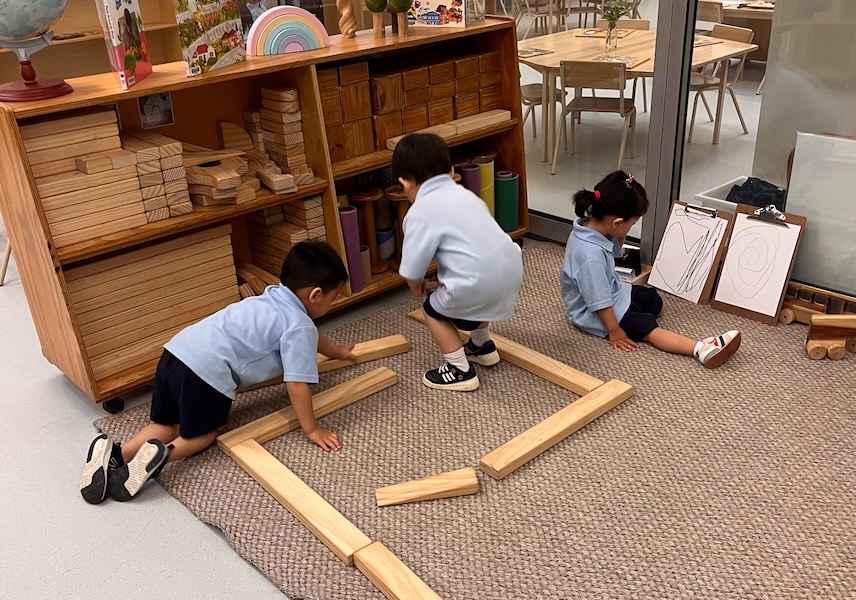
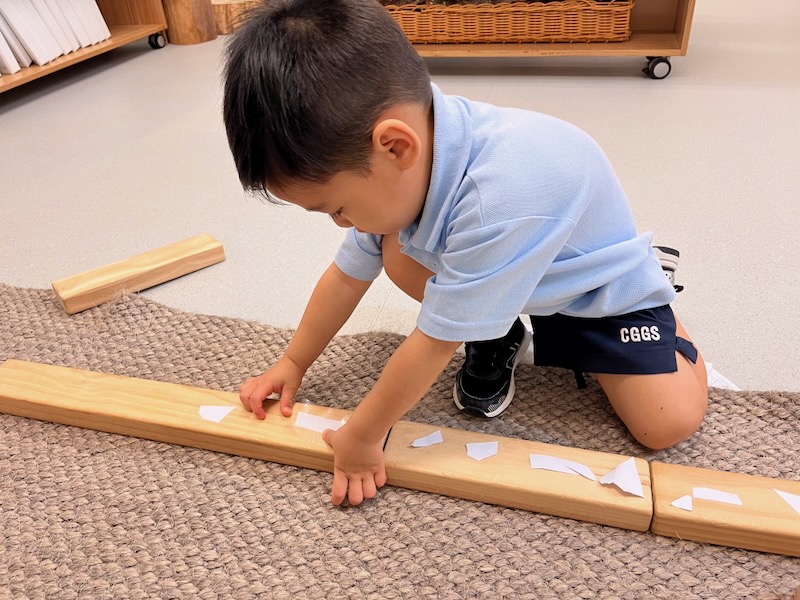
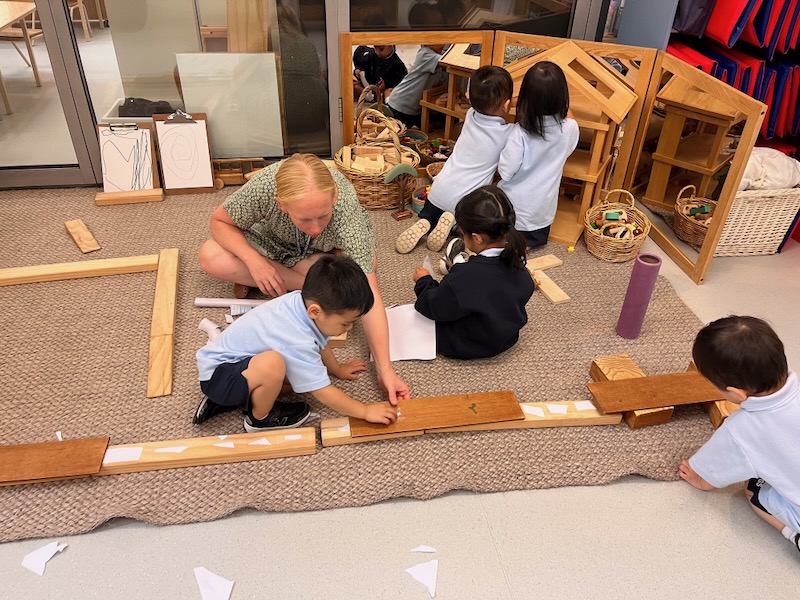
Throughout Term 1, the Year 2 students have explored the topic of How Can we look after ourselves? through their unit of inquiry and their STEAM lessons with Penny Dumsday. Some of the topics we learnt about were healthy eating and a balanced diet, hygiene, what happens when we get sick, different things to keep us safe and different systems of our body.
At the end of the unit, the students shared their understandings by creating a booklet titled, ‘How to keep my body healthy and safe’.
What is something to keep our bodies healthy and safe?
“I learnt that when we swallow food you chew it with your teeth, tongue and saliva and it goes down your oesophagus. I also learnt about the different food groups and what carbohydrates, fats, proteins and dairy are.” – Olivia
“If you are sick, you should stay home because you will spread the bad germs to other students. I also learnt that you should not eat candy and if you eat too much you might not be able to do things like sleep.” – Chelsea
“We shouldn’t eat too many sweets because we might get cavities in our teeth. This can also happen when we don’t brush our teeth. We can also eat good fats, like avocado and salmon, and bad fats, like chips and burgers. We need to eat more good fats than bad fats to keep us healthy.” – Madison
Peter Sartori
Year 2 Classroom Teacher
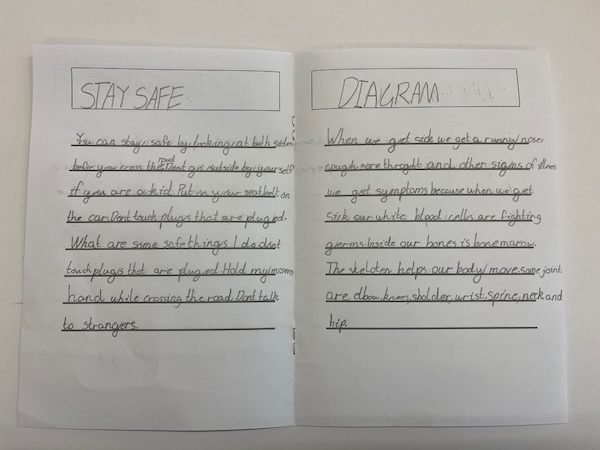


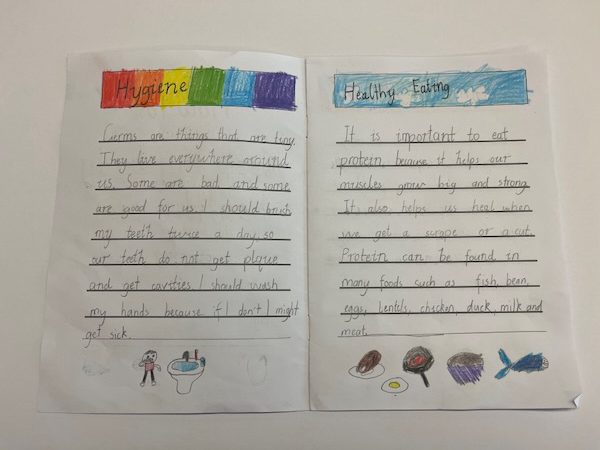
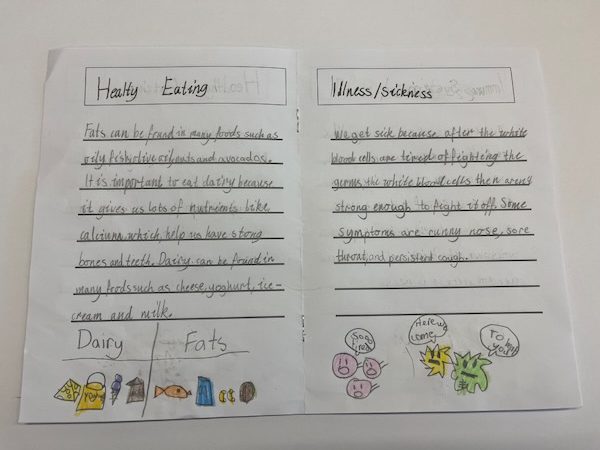
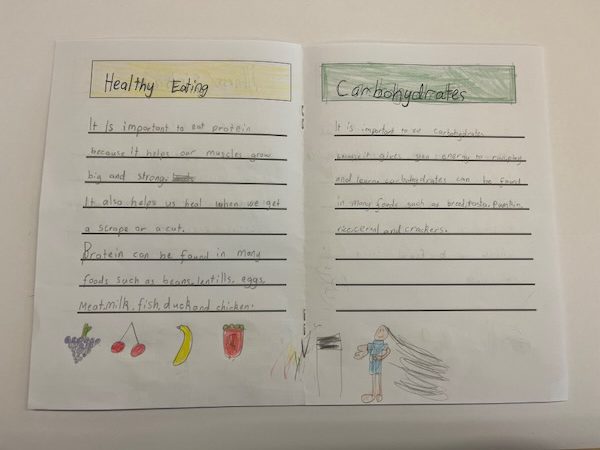
On the last day of Term 1, the Year 4 students took part in an intensive ‘Day of STEAM’ as part of the School’s seasonal learning calendar. They spent the day in one of the Secondary School science laboratories to investigate forces and motion and make a movie showcasing their scientific understanding.
Having the extended block of time and the dedicated learning space gave the students an opportunity to become deeply immersed in their investigations, as well as developing their skills of planning and time management.
Different stations around the lab allowed students to explore gravity, friction, and magnetism through a mix of structured experimentation and play-based learning. Some of the stations included:
Using the Clips app on their iPads, each group was able to capture moments of these rich experiences on video and put them together with annotations to make a short film about forces. Sharing these movies during the last session was one of the highlights of the day! It was wonderful to see the fun the students had during their shared experience, and how creatively and engagingly each were able to communicate their scientific learning in a way that was meaningful to them.
Penny Dumsday
STEAM Teacher
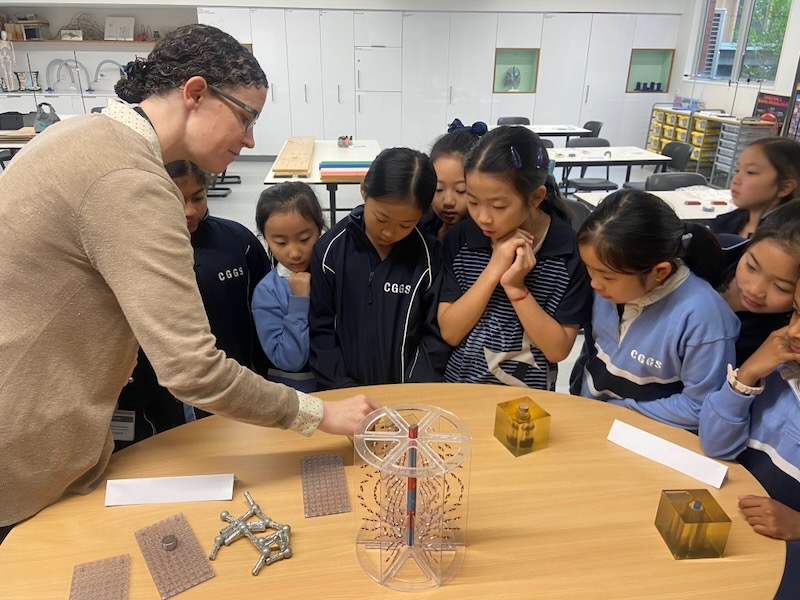
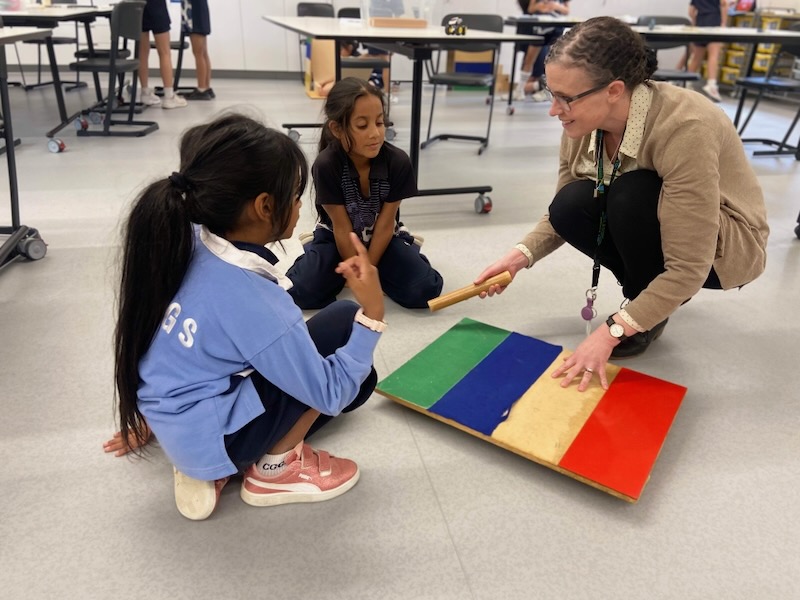
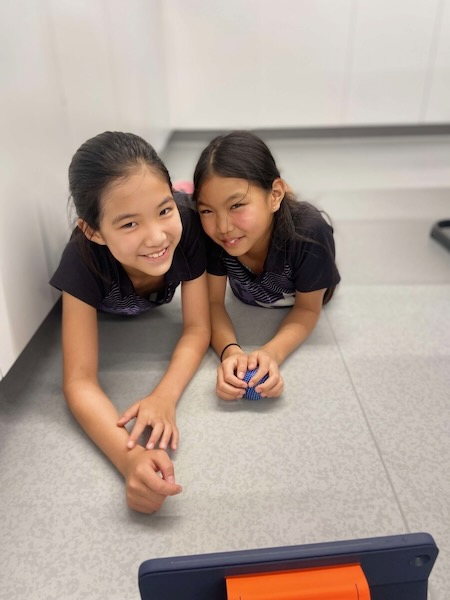
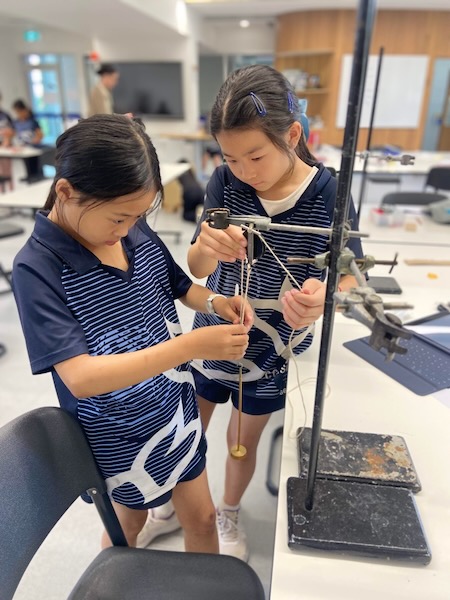
A highlight for the Chinese mainstream classes this semester was the Year 3 students developing their sentence writing and story retelling skills through using and decoding emojis and picture symbols. Year 3 students explored the classic Children’s story ‘the Very Hungry Caterpillar’ in Chinese which has a strong focus on the topics of days of the week, food and verbs. Incorporating emojis and picture symbols into language learning provides an opportunity for creativity and the active engagement of young language learners. By integrating these visual elements into mainstream classes, Year 3 students not only enhanced their sentence writing and storytelling abilities but also developed visual literacy and communication skills. This method allowed students to express themselves in a fun and interactive way while also advancing their understanding of new vocabulary and applications into different contexts. In addition, it added an element of interactivity and excitement to the learning process, making it more enjoyable and memorable for the students. Please view an example response below from Year 3 student, Eshaal.
Scarlett Zhang
Chinese Teacher

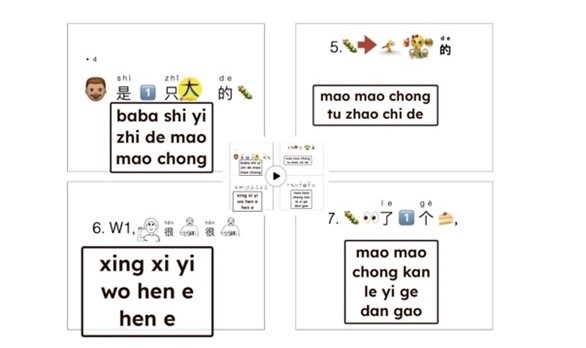
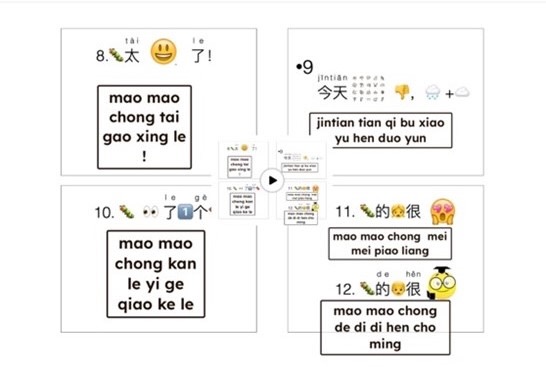
The Year 6s had a wonderful time at Phillip Island Adventure Resort in the last week of Term 1. Following are some of reflections of their time there:
For Year six camp we went to Phillip Island Adventure resort. It was a 2-hour road trip there, but it was all worth it. I LOVED the cabins; they were all single beds resulting in extra comfort. One of my favourite activities was Flying fox because I got to do it with my one of my best friends. One of the things that made me go out of my comfort zone during camp was my class. They supported me 24/7 and cheered me on every day. Crate Climb was one of the scariest activities. My fear of heights gave me a fixed mindset, but my teachers and classmates cheered me through. That made me get 14 crates! I loved Year 6 camp, and I am looking forward to Year 7 camp next year! – Mia
Camp at Philip Island was amazing! I had so much fun doing my activities, for example, archery, the fly fox, the giant swing. My favourite part about camp was when we got to have trivia night. My cabin crew mates, and I were very excited about doing the trivia. I also enjoyed the giant swing. I was scared at first, but after pulling the rope, I felt confident and thrilled. I could have gone higher, but I got out of my comfort zone to try it. The meals and desserts were also astonishing. I really liked the chicken wraps that we made; they were very yummy. I think Philip Island was a great experience, and I want to go back again soon! – Chloe
The Year 5/6 Camp to Phillip Island Adventure Resort was an amazing experience. As we drove in on the bus, the flying fox loomed over us. I was petrified at first, and my fear worsened climbing up the two ladders to the platform. I was higher than I’d ever been before! Afterwards, I realised the flying fox was probably the best out of all the activities I participated in. If I could do it all again, I’d make sure to pack earlier because packing at last minute wasn’t exactly enjoyable. That aside, camp was a hit and I’d love to go again. – Gloria
The activity I enjoyed most, was most definitely the giant swing. At first, it was scary as you were pulled up but when you got to the top, it felt like you’re flying! You had to pull down on a rope that launched you backwards. I got stuck up there because I didn’t pull the rope hard enough which made me feel very scared. When you swung down, you could either play rock, paper, scissors with someone. I played with Alice H and Teanna. Overall, this was my favourite activity at camp, and I would do it again if I got the chance! – Sooki
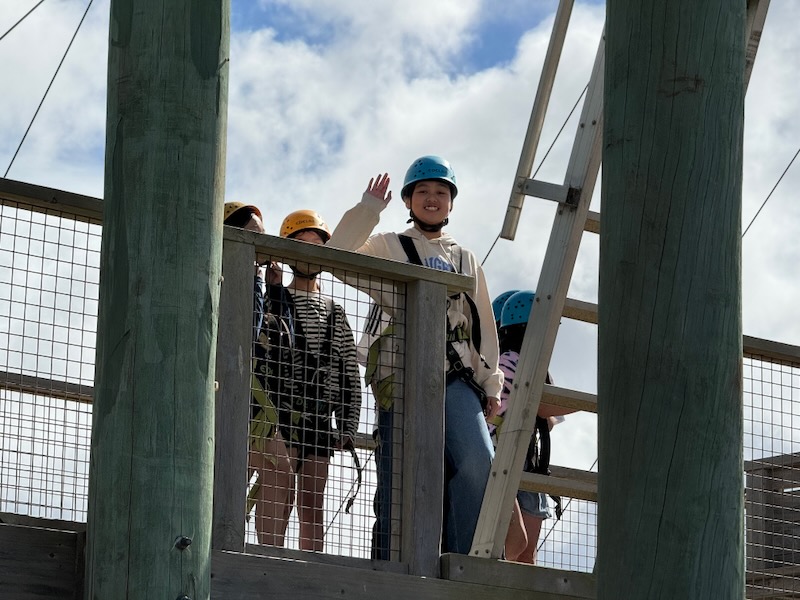
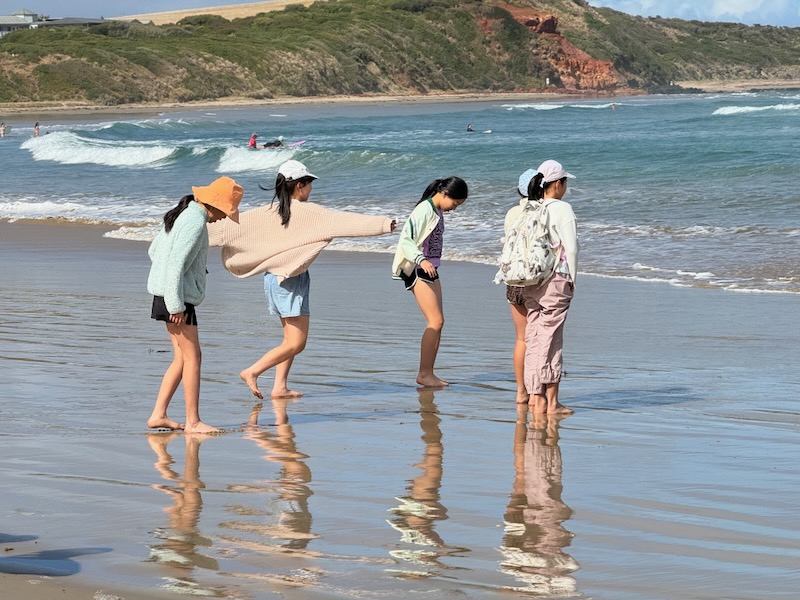
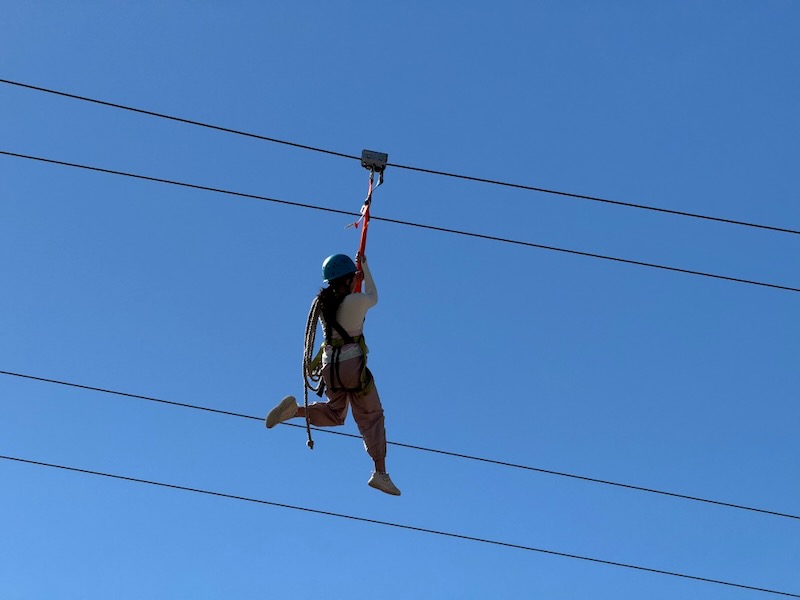
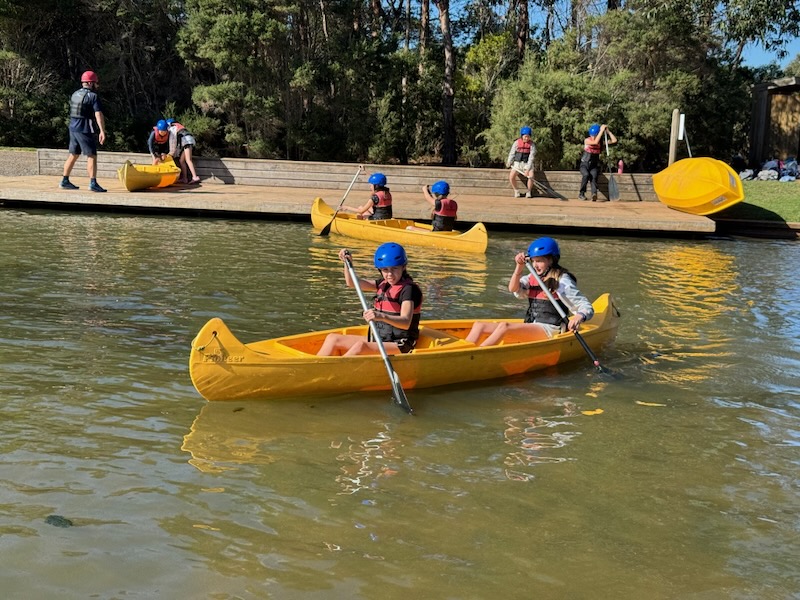
Mrs Dunwoody shares a very special gift that the Art Department has presented to the School.
Excursions, competitions, music and sporting achievements—it's been a busy fortnight.
The Year 3 to 6 students are still buzzing after last night's Choral Concert at St Mark's Church.
The Year Level Representatives have organised some fantastic activities recently, including a 'Paint and Sip' class!
We acknowledge and pay respect to the Wurundjeri people as the traditional custodians of the land on which the school is situated.
Secondary School / Administration
2 Torrington Street, Canterbury
Victoria 3126 Australia
T +61 3 9813 1166
F +61 3 9882 9248
camgram@cggs.vic.edu.au
Junior School / Ormiston
